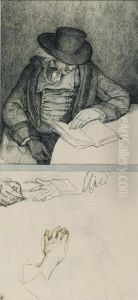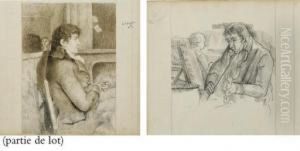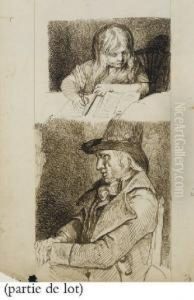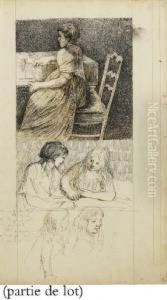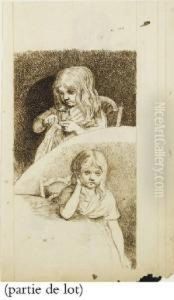Anne-Marie Moitte Paintings
Anne-Marie Moitte was a French sculptor and engraver born in 1746 in Paris, France. She was the daughter of Pierre-Etienne Moitte, who was an engraver, and was likely her first teacher, instilling in her an initial passion for the arts. Anne-Marie Moitte became known for her skill in both sculpting and engraving, at a time when it was quite rare for women to gain recognition in these fields.
Moitte was admitted to the Académie Royale de Peinture et de Sculpture in 1786 as a member of the sculpture division, an exceptional achievement for a woman during the 18th century. Her membership in the Academy indicates not only her talent but also her ability to navigate the complex social circles of the art world at that time. She exhibited her work at the Salon, the official art exhibition of the Académie, between 1791 and 1804, demonstrating her continued engagement with the artistic community and her commitment to her craft.
Her works often reflected the neoclassical style, which was predominant at the time, characterized by a return to classical simplicity, harmony, and proportion. Unfortunately, much of Moitte's life and works have not been thoroughly documented, and as a result, her legacy is not as prominent as that of some of her contemporaries. However, she is noted for her contributions to the art world, particularly for the role she played as a woman in the arts during the late 18th and early 19th centuries.
Anne-Marie Moitte died in 1820. Despite the challenges she faced as a female artist in a male-dominated field, her admission to the Académie and her participation in important exhibitions stand as testaments to her skill and determination. Her work remains an important part of the narrative of women's contributions to art history during the neoclassical period.
